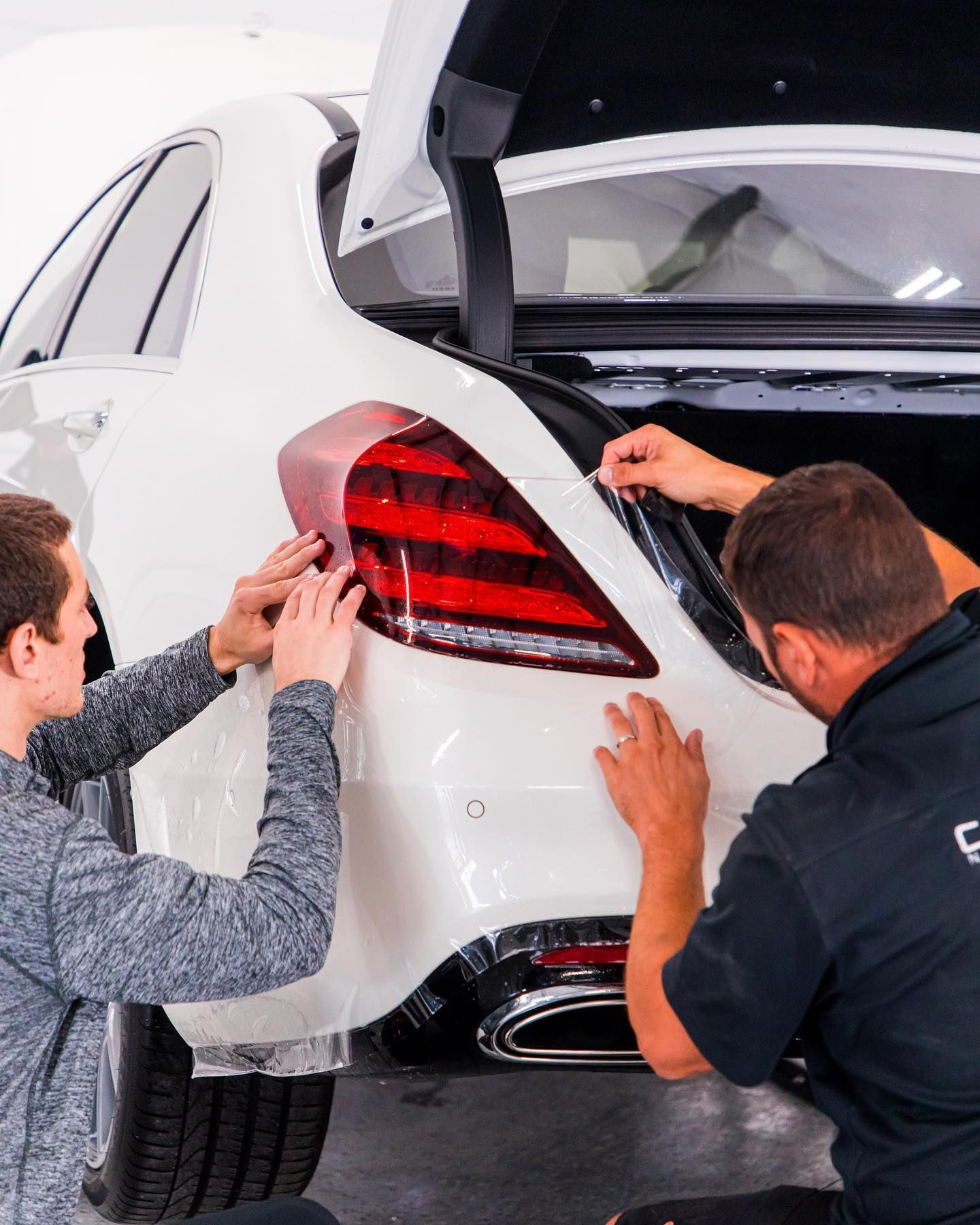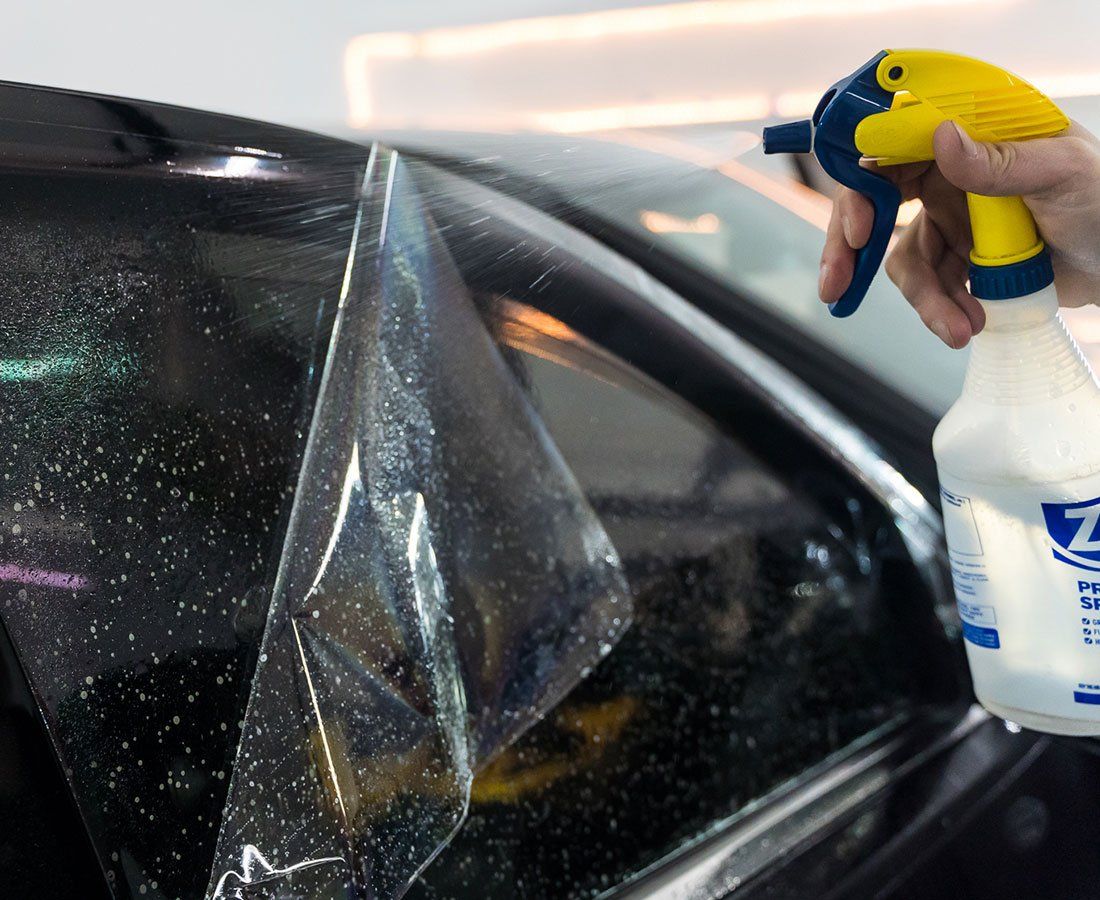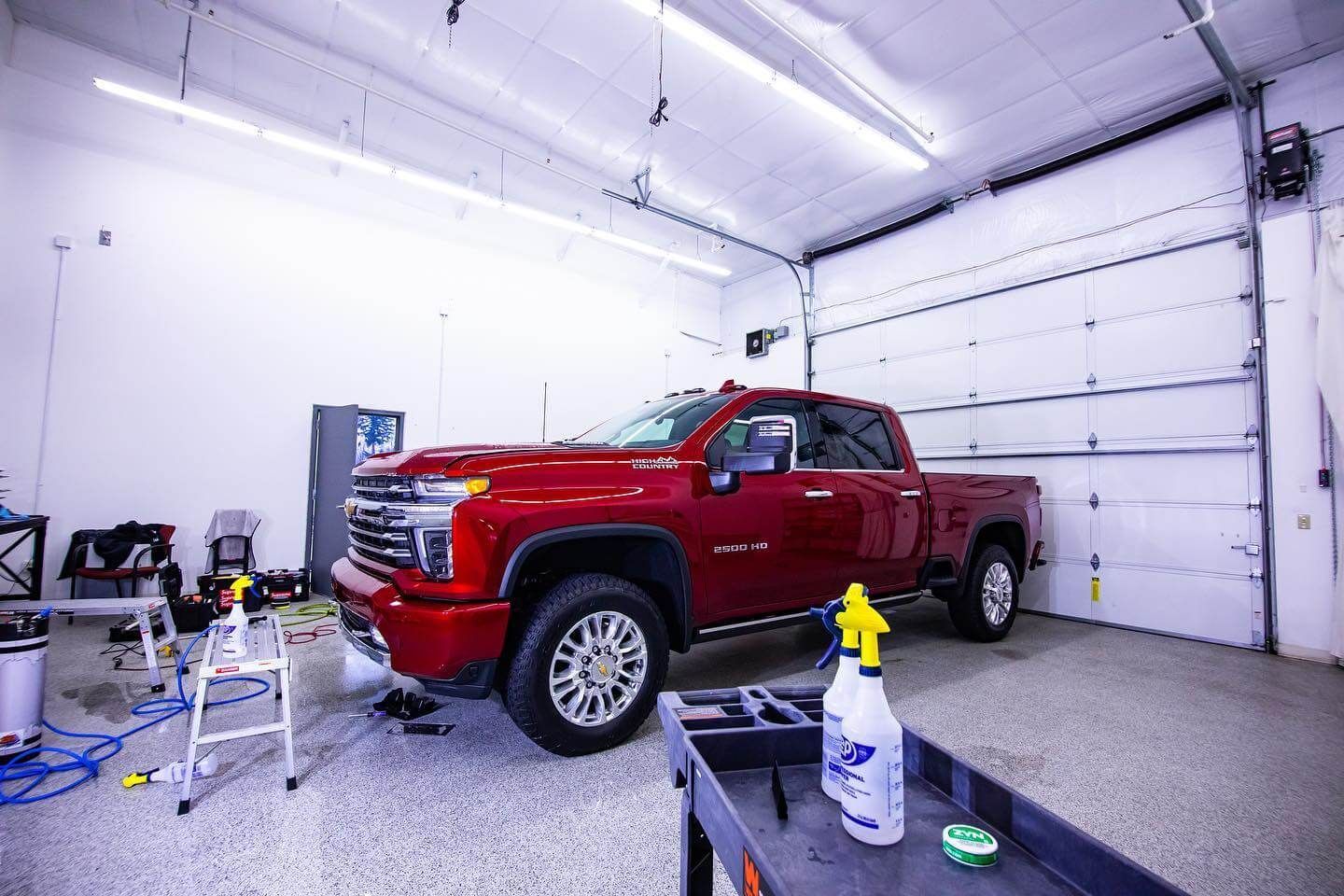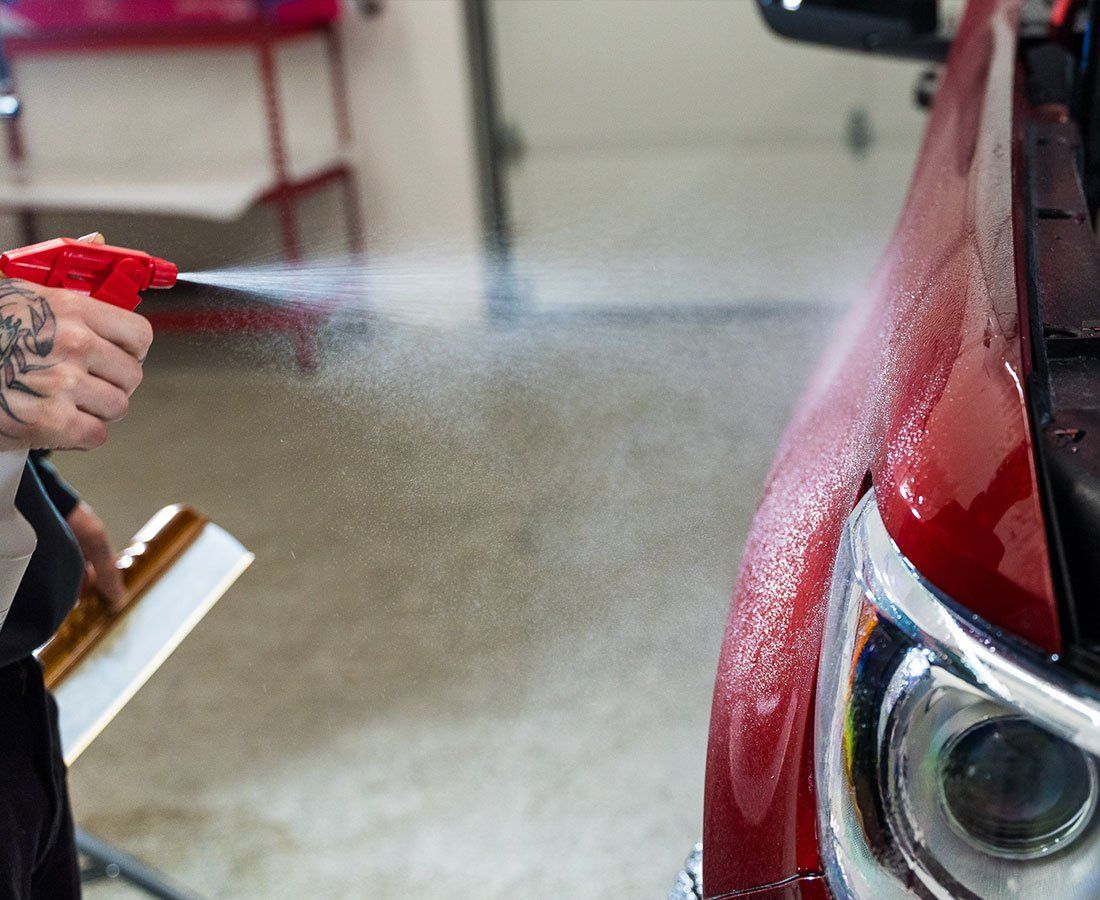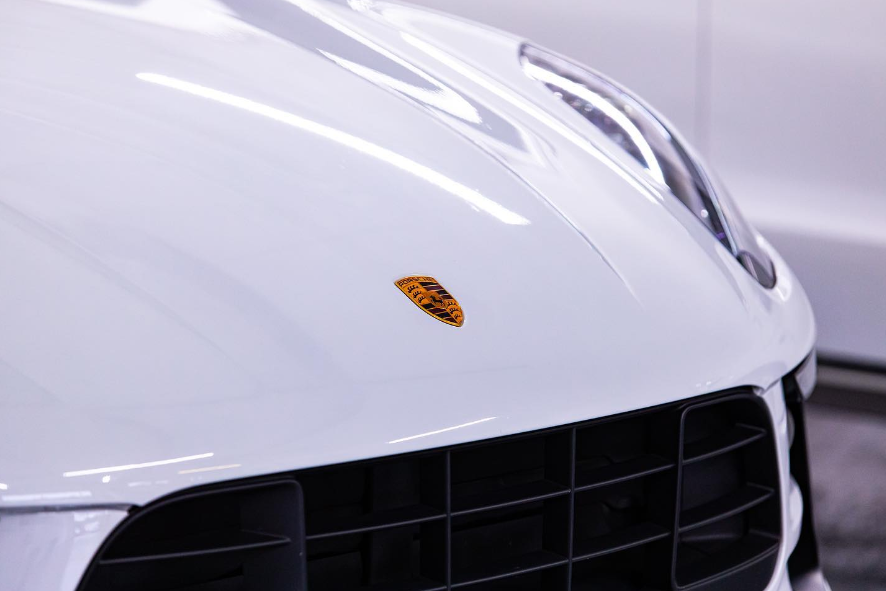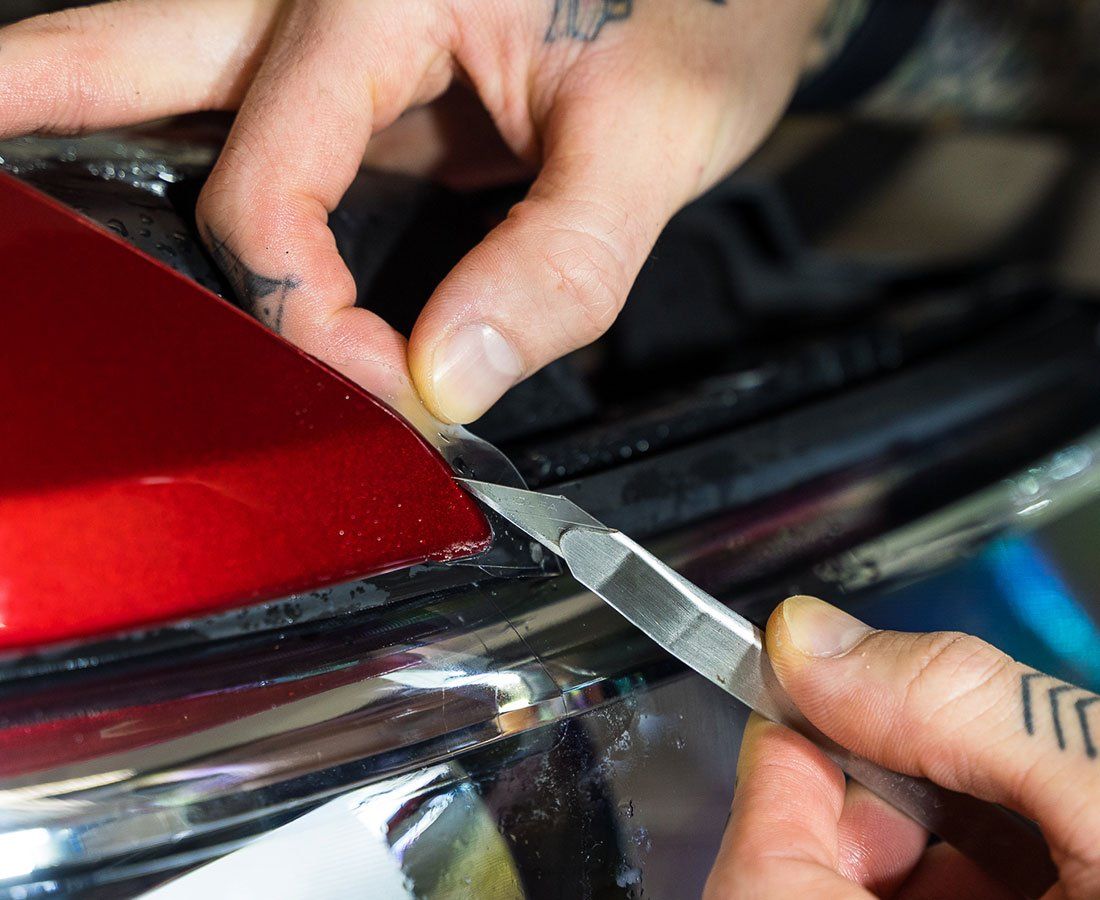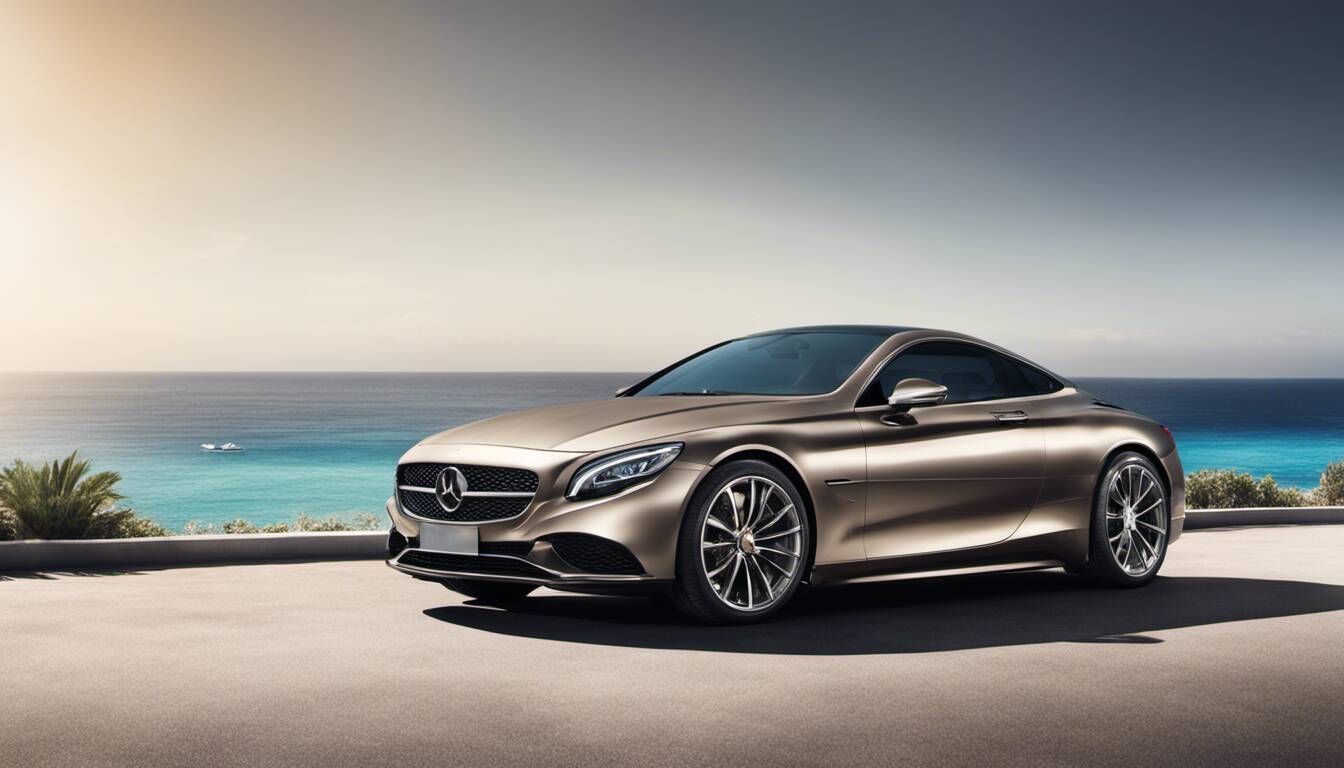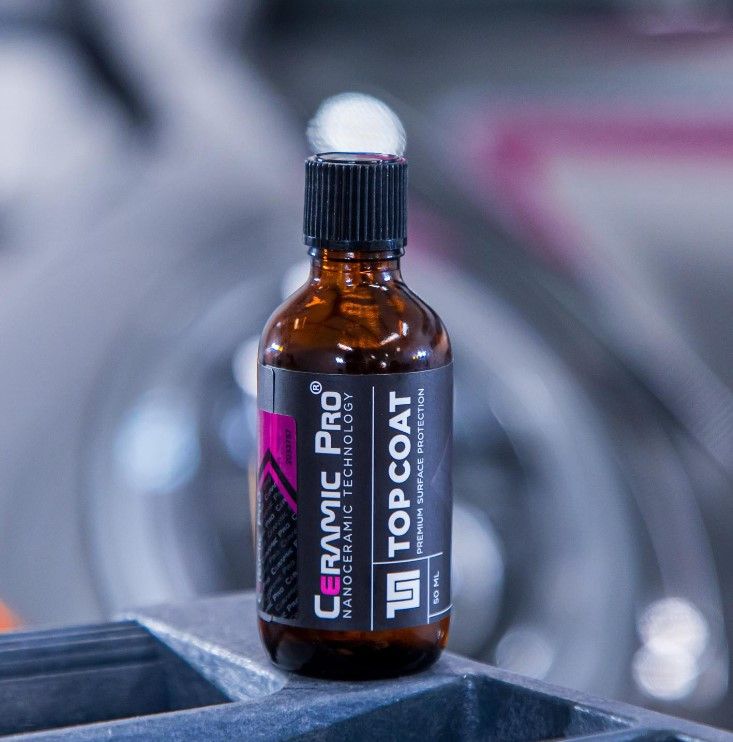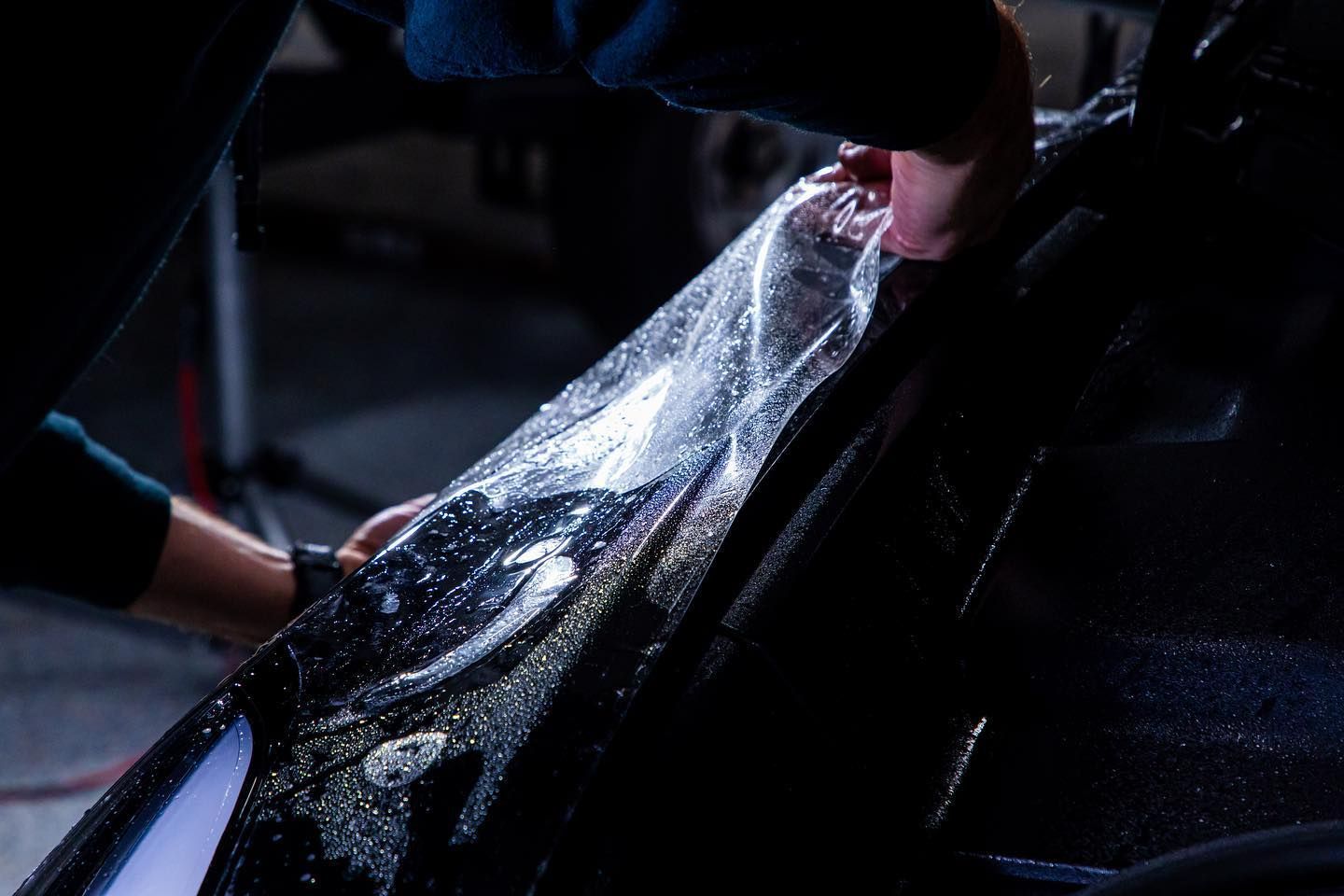When it comes to maintaining your vehicle, protecting its finish can often feel like a daunting task. You're probably already investing time and money into your car, so understanding when to replace your Paint Protection Film (PPF) is crucial. This film acts as a shield, defending your ride against scratches, UV rays, and all the little bumps that come with daily driving. However, recognizing when that protective layer has lost its effectiveness isn't always clear-cut. With this guide, you’ll learn the tell-tale signs indicating it’s time for a replacement, allowing you to keep your car looking sharp and in pristine condition without any unnecessary headaches. Let's dive in!
You should consider replacing your Paint Protection Film (PPF) when you notice visible damage indicators such as widespread scratches, bubbles, discoloration, or any cracks. Additionally, if the film has been in place for over five years, it’s advisable to conduct regular inspections for these signs of degradation. This ensures optimal protection capabilities for your vehicle's paintwork, keeping it safe from various hazards.
Signs Your Paint Protection Film Needs Replacement
One of the most crucial indicators that your PPF needs replacement is visible imperfections. As you evaluate your film, begin by closely inspecting its surface area for any damage.
Scratches are an inevitable part of driving; however, if you notice widespread or deep scratches, they may compromise the protective layer. While minor scratches can be overlooked, substantial ones can expose your car's paint to harmful elements, necessitating timely repairs.
Additionally, bubbles or air pockets can appear due to improper installation or as the film ages. These bubbles allow moisture to become trapped underneath, which can lead to significant problems like delamination if not addressed promptly.
Take a moment to step back and assess the entire film: any bubbles larger than a quarter or multiple small bubbles should raise a red flag, indicating it might be time for replacement. The longevity and capabilities of your PPF directly impact your car's exterior condition, ensuring it remains free from hazards.
Discoloration
Another blatant sign that your PPF may need replacement is discoloration. UV rays and environmental factors can yellow or brown the film over time. This change in color doesn’t just affect aesthetics; it's a significant indicator that the protective qualities have deteriorated.
If you notice this type of fading occurring after just three to five years of exposure to sunlight, beware: ultraviolet radiation is likely affecting your car's paintwork beneath the film.
When assessing for discoloration, take care to examine the edges of the film as well, where wear may become evident sooner. A yellowed edge can signify damage not just on the surface but also at the adhesive level. Remember that a well-maintained film should retain its transparency and gloss over time. Once you see prominent discoloration setting in, consider replacing it promptly before damage extends further into the paint.
Loss of Gloss and Increased Maintenance
If you've noticed that washing and waxing your vehicle now require more effort than before, this could indicate diminishing protective qualities in your PPF. A loss of glossiness can signify wear on the surface, typically occurring after two to four years of use. Monitor your PPF's condition regularly to maintain its capabilities and prevent any potential hazards to the paintwork. As protection weakens, grime may start clinging more stubbornly to the film's surface. This can be particularly troublesome as road debris, laden with abrasive chemicals, can cause further scratches and damage, exacerbating the harm done to the film's integrity.
Regular inspections every six months can help spot these issues early—after all, preventative maintenance saves time and money down the road. Addressing fading gloss with specialized care products can supplement routine cleanings, but won't replace worn-out film when it's truly time for an update.
Detecting Fading and Discoloration
One of the most apparent indicators that it might be time to replace your PPF is any noticeable color change. Fading or darkening can signify that the film's protective layer has worn down, leading to a decrease in its ability to guard against harmful UV rays and environmental stressors.
A common issue with PPF is yellowing — this is not just an aesthetic concern; it signifies advanced degradation of the film. As the film loses its original clarity and vibrance, its protective qualities are also diminishing. Keeping a keen eye on these changes is essential.
UV Exposure Effects
Prolonged exposure to sunlight does a number on PPF, as studies indicate that significant UV damage typically starts manifesting between five to seven years after installation. The impact varies depending on the quality of the film you’ve chosen and how much sun it's been exposed to.
Regular inspections of your vehicle should include looking for specific signs of UV-related damage. Think of your car as needing an annual check-up; you wouldn't ignore changes in your health, right? Similarly, you shouldn't overlook the condition of your PPF if you want to maintain your car's appearance and resale value.
Signs to Watch
- Yellowing: This often indicates advanced degradation—the clear sign that your PPF has been overworked.
- Browning: When PPF begins to brown, it's a strong sign you've had too much sun exposure; at this point, protective properties might be significantly compromised.
- Spotting: Any uneven patches can lead to inconsistent protection; these localized discolorations often arise from dirt or contaminants that may have penetrated beneath the film.
Recognizing discoloration is crucial, but that's just one part of the equation—it's important to examine the physical damage, such as scratches and chips. These are often caused by road debris, which, in addition to causing surface harm, can lead to deeper issues if not addressed promptly.
Addressing Visible Scratches and Chips
When it comes to Paint Protection Film (PPF), scratches and chips are serious business. They aren’t simply cosmetic blemishes; they can greatly affect the functionality of the film itself. While minor scratches may be inevitable, numerous deep scratches or persistent chips signal that your PPF needs attention. Think of the PPF as a protective shield; if it’s compromised, your vehicle’s beautiful paint job is left vulnerable to the elements.
Severity Matters
Imagine you're driving down the highway on a warm summer day. A tiny pebble shoots up from the road, hitting your car with a dull thud. At first glance, you might see just a minor scratch—a small mark that could easily go unnoticed. But upon closer inspection, you could uncover a range of issues. Minor scratches can be easily managed, as they don’t penetrate deeply into the protective layer of the film. However, when these minor scratches turn into deep cuts or when there are multiple chips across the surface, that's where real problems arise. Such damage diminishes the film's protective qualities significantly, compromising its defense against environmental factors and debris that can harm your vehicle's surface.
Restoration vs. Replacement
As tempting as it might be to simply touch up those deep scratches with quick fixes, you may end up taking a long-term hit to your wallet. Regularly patching significant damage can ultimately prove more costly than opting for complete replacements of your PPF when deeper scratches start to show. For instance, one car owner shared that after five years of consistent highway driving, their PPF bore several deep scratches and chips that were beyond repair. The choice became clear: replace the film to maintain not only aesthetics but also its function as a protective barrier against further damage and debris.
Identifying Peeling Edges
When it comes to maintaining the integrity of your vehicle's finish, paying attention to peeling edges is paramount. Often overlooked, these minor separations can signal that the film has begun losing its grip, allowing debris to accumulate beneath. This isn’t just a cosmetic issue; if left unchecked, peeling edges can expose your paint to dirt and other damaging elements. A well-maintained PPF not only protects against scratches but also enhances the car’s appearance, so addressing these warning signs early can save you time and money down the line.
Common Causes
The primary culprits behind peeling are improper installation and the inevitable aging of adhesive over time. PPF relies on strong adhesion to keep it firmly in place during all kinds of weather conditions. However, exposure to moisture, dirt, debris, or extreme temperatures—both high and low—can weaken this bond, leading to concerning lifted edges. For instance, extremely hot summers or frigid winters are notorious for causing stress on the film that might lead to premature failure.
Inspection Techniques
To spot these issues before they escalate, regular inspections are key. Begin with a simple visual check: examine the edges of your PPF under good lighting conditions. Look closely at indoor spaces as well; often, reflections can give you insights into how well the film is holding up. If you notice any lifting, curling, or even areas where you can see light between the film and the surface of the vehicle, take note. These observations shouldn’t be ignored, as they may lead to further debris accumulation.
Next comes the gentle pull test. You want to ensure you're not inadvertently tearing the film further while checking it, so do this delicately! Lightly tug at the corners to determine if they lift away easily; if they do, it’s a clear indicator that the adhesion has weakened significantly. This simple technique could save you from unnecessary repair costs in the future.
By staying vigilant and addressing peeling as soon as it appears, you drastically improve your chances of keeping your vehicle looking sharp while extending the life of its protective coating. Regular maintenance not only reinforces the film's defense but also ensures that small issues don’t give way to larger, more costly replacements. Incorporating inspection routines into your vehicle maintenance will help you identify potential problems more quickly and optimize your car's overall performance in protecting its stunning paint job. A thorough assessment of these routines will also contribute to the durability of your vehicle's protective features.
Impact of Film Age on Performance
Over time, Paint Protection Film (PPF) endures wear and tear, much like any other protective layer on your vehicle. Understanding this decline in performance as the film ages will empower you to make timely decisions regarding maintenance or replacement. Initially, high-quality PPF from reputable brands can guard your vehicle's paint against scratches and environmental factors for an impressive five to ten years. However, just as a well-loved car may require more care with every passing year, so too does your PPF need attention as it ages.
Lifespan Estimates
After about three years, you may start to notice signs that your film is losing its effectiveness. This includes yellowing or browning that not only affects aesthetic appeal but also diminishes UV protection by an estimated 30%. By the five-year mark, some studies suggest that up to 50% of the original gloss and clarity may wane, which could leave your vehicle vulnerable to paint damage if neglected. Regular assessment of these signs is crucial for maintaining the film's durability.
Performance Decline
As PPF matures, its ability to self-heal minor scratches and retain its hydrophobic properties begins to decline significantly. You might see less beading of water on the surface; this is an indicator that it's not repelling moisture effectively as it once did. If you're noticing puddles instead of beads, this diminished performance is a clear signal that replacement should be considered before further damage occurs beneath the film.
Maintaining the integrity of your vehicle’s paint is crucial. Deterioration of PPF can lead not only to unsightly blemishes but also expose the underlying paint to harmful elements.
Choosing to replace aging PPF can restore up to 90% of its original protective qualities. Waiting longer than necessary can result in a significant loss of protection, potentially up to 80%. Regular upkeep—like washing with pH-neutral soap—can help extend the life cycle and effectiveness of your PPF while keeping it looking sharp. A continuous assessment of your PPF's condition is key to ensuring its durability over time.
When it comes to protecting your vehicle’s paint, personalized advice can make all the difference. At
Lucent Auto Work, we take the time to understand your car’s specific needs and recommend the ideal paint protection film solution to match. Whether you're looking to guard against rock chips, scratches, or environmental wear, our experts are here to help you make an informed choice. Reach out to us today or give us a call at (253) 533-6776—because your vehicle deserves nothing less than the best care and long-lasting protection.



